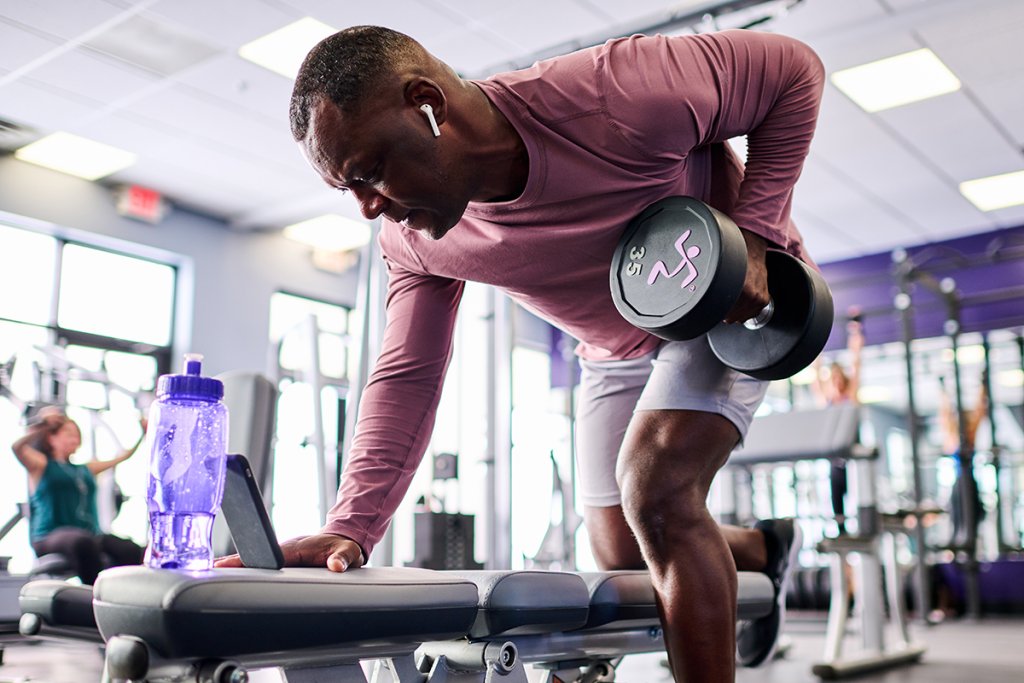Bydly Insights
Explore the latest news, trends, and insights across various topics.
Squat Goals: Turning Pain into Progress
Unlock your power! Discover how to transform squat pain into gains and achieve your fitness goals in our latest blog post.
5 Common Mistakes to Avoid for Effective Squat Progress
Squats are a fundamental exercise for building lower body strength, yet many individuals make common mistakes that hinder their progress. One of the most prevalent issues is improper form. When performing a squat, it’s crucial to maintain a neutral spine, keep your knees aligned with your toes, and descend to a proper depth. Neglecting these aspects can lead to injury and limit your ability to increase your squat weight effectively. To avoid this mistake, consider working with a coach or recording your squats to analyze your form.
Another mistake is neglecting the importance of progressive overload. Many lifters fall into the trap of sticking to the same weight for too long, which can stall progress. To continue improving your squat, you should gradually increase the weight, the number of repetitions, or the intensity of your workouts. Aim for small increments in weight, such as 5 pounds, every week or two. This approach can lead to consistent gains and help you develop a stronger, more effective squat over time.

How to Overcome Pain and Achieve Your Squat Goals
Overcoming pain while striving to achieve your squat goals is a common challenge for many athletes and fitness enthusiasts. To begin, it's essential to identify the source of your pain. Is it muscle fatigue, joint discomfort, or an injury? Addressing the root cause is the first step towards recovery. Start incorporating a proper warm-up routine that includes dynamic stretches and mobility exercises to prepare your body for the intense workout ahead. Additionally, listen to your body and allow adequate rest days to facilitate muscle recovery; overtraining can exacerbate pain and hinder progress.
Once you have addressed the initial pain, focus on strengthening the supporting muscles to improve your overall squat performance. Incorporating accessory exercises such as lunges, deadlifts, and glute bridges can help target areas that contribute to stabilization during squats. Consider following these steps:
- Maintain proper form: Ensuring correct squat technique is crucial to avoiding injury.
- Gradually increase weight: Progressively load your lifts while being mindful of any discomfort.
- Utilize recovery tactics: Techniques such as foam rolling, stretching, and cold therapy can aid in recovery.
The Benefits of Proper Form: Transforming Pain into Progress in Squats
Proper form in squats is essential for maximizing gains while minimizing the risk of injury. When performed with the correct alignment, squats can transform a potentially painful experience into a pathway for progress. Proper alignment ensures that the knees, hips, and back work in harmony, reducing stress on the joints and surrounding muscles. This alignment not only enhances your performance during the exercise but also paves the way for improved muscle development and strength over time.
Moreover, mastering your squat technique can lead to significant benefits beyond just physical performance. Using proper form helps to activate key muscle groups effectively, contributing to improved overall fitness and stability. Here are some key benefits of maintaining proper form during squats:
- Reduces risk of injury
- Enhances muscle engagement
- Improves balance and coordination
- Facilitates better range of motion
Ultimately, focusing on form allows you to progress safely and effectively, transforming pain into a powerful driver of improvement.